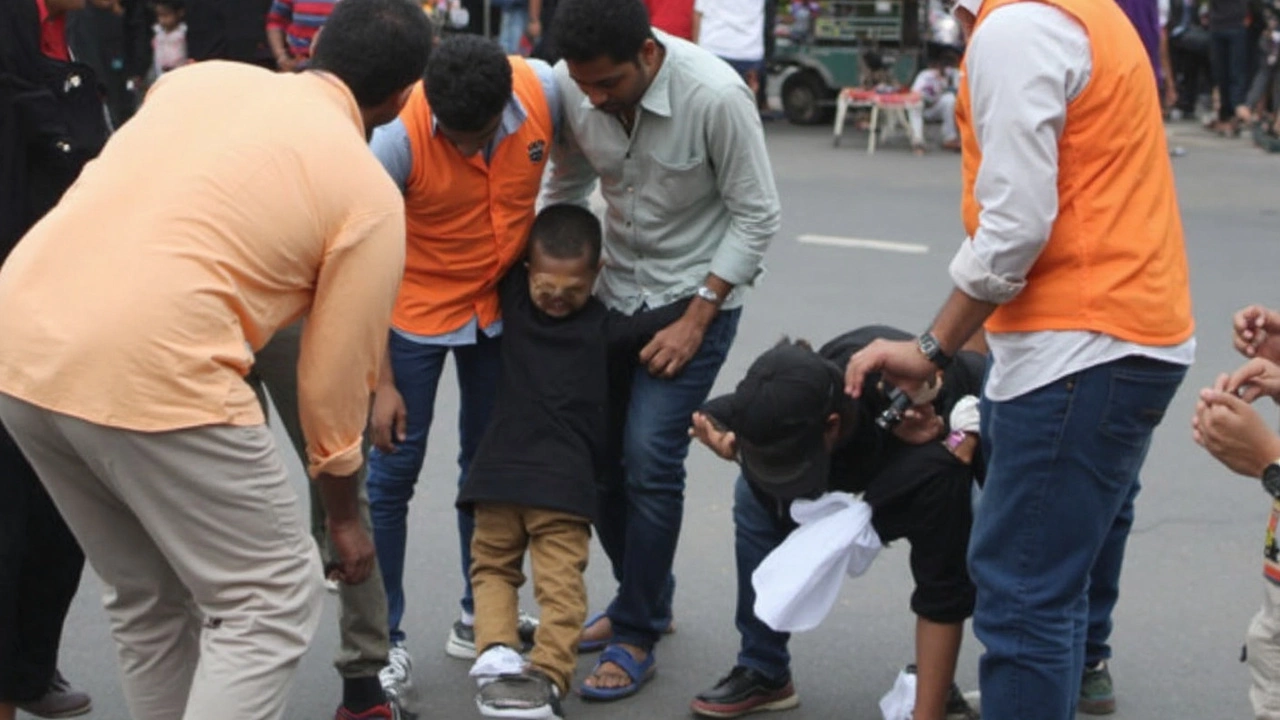Celebration Turns Catastrophic: The Anatomy of the Bengaluru Stampede
The city of Bengaluru was supposed to be painted in the joyous red of Royal Challengers Bengaluru, celebrating the end of their 18-year wait for an IPL trophy. Instead, the night spiraled into tragedy on June 4, 2025, when a stampede at the M Chinnaswamy Stadium changed smiles to despair. As fans packed the streets for RCB's victory parade, no one imagined festivities would end with 11 dead and more than 40 injured.
The day began with expectations set sky-high. Virat Kohli, the face of RCB, had led his team to their first-ever championship, beating the Punjab Kings. Anticipation grew as news spread that Kohli, along with his iconic teammates AB de Villiers and Chris Gayle, were set to participate in an open bus procession through the city. Karnataka State Cricket Association and state officials even arranged a special felicitation event at the Vidhana Soudha, drawing political heavyweights and cricket fans alike.
But as the night wore on, things took a turn. Massive crowds, estimated at nearly 200,000, converged on the narrow roads leading to the stadium. What started as orderly excitement quickly became uncontrolled chaos. Eyewitnesses recounted how fans, eager for a glimpse of their heroes, surged toward the stadium gates from all directions, creating bottlenecks.
When Fans and Officials Are Overwhelmed
It quickly became apparent that police and security were outnumbered. Chants grew louder, the crowd pressed forward, and the barriers intended to control the flow gave way. In the crush, some people fell. That's when panic set in. With no clear escape routes and mounting pressure from behind, those near the front were trampled. Medics and bystanders scrambled to help, but the scale of the emergency overwhelmed the rescue efforts.
Ambulances and emergency services rushed to the scene, but getting through the gridlocked traffic took valuable time. Injured fans, some with serious trauma to the head, spine, or abdomen, were ferried to nearby hospitals. Families frantic for news thronged the hospital gates well into the early hours.
As news of the deaths spread, shock and grief swept through the city and cricketing community. Prime Minister Narendra Modi declared the incident 'absolutely heartrending.' RCB management released a somber message about their pain over the tragedy and called for better safety for fans in the future. Virat Kohli, usually so eloquent, admitted he was 'gutted' and at a loss for words, overwhelmed by the sorrow.
The incident has left authorities and sports organizers facing tough questions. Why weren't better precautions in place when such a crowd was expected? Could multiple entry and exit points, more barricades, and staggered access have kept people safe? Bengaluru's roads, already notorious for congestion, were choked to a standstill by fans coming in from all over the city.
Public celebrations after big sporting victories have always been a high-wire act in India. The excitement is infectious, but managing a sea of enthusiastic supporters is another matter. Planners are now left grappling with the hard reality that more than just emotion and pride need to be balanced at major events—a lesson learned at a heartbreaking cost this week in Bengaluru.
